Calla lilies are gorgeous, trumpet-like flowers on stately stems that add richly colored elegance to beds, borders, containers, and water gardens as well.
But these frost-tender herbaceous perennials are hardy only in USDA Hardiness Zones 8 to 11. In Zones 7 and below, they need to be lifted for storage over the cold months.
Similar to other cold-sensitive bulbing plants like caladiums and dahlias, calla lily rhizomes are lifted in fall after the first frost kills back the foliage, stored for winter, and then replanted in spring after soil temperatures warm up.

We link to vendors to help you find relevant products. If you buy from one of our links, we may earn a commission.
And whether they’re left in the ground or lifted and stored, winterizing these pretty plants is simple and straightforward – some can even survive as houseplants, adding foliage and blooms to your interior decor!
Now, let’s dig into the process for calla lily winter care.
Here’s what’s ahead:
What You’ll Learn
Should They Stay or Should They Go?
Calla lilies (Zantedeschia spp.), also known as arum lilies, are tender perennials from the tropics that are typically grown as annuals, and lifted in fall for storage until they can be replanted in spring.

In Zones 8 to 11, the colorful hybrids and the evergreen Z. aethiopica can safely be left in-ground to overwinter – provided they have the right conditions.
But in Zones 7 and lower, the cold-sensitive rhizomes need to be dug up and stored indoors for protection against the cold.
In-Ground Care
To successfully overwinter rhizomes in situ, well-draining soil is mandatory. When the bulbous roots are left in overly moist or wet soil, combined with cooler temperatures, problems such as rhizome rot are likely.
To induce dormancy, stop watering plants in mid-fall after all flowering has finished.
As they enter dormancy, the foliage turns yellow, then brown, and dies back. Once the leaves have died, remove them at ground level.
Add a two- to four-inch layer of mulch over the root zone to insulate against cold temperatures.
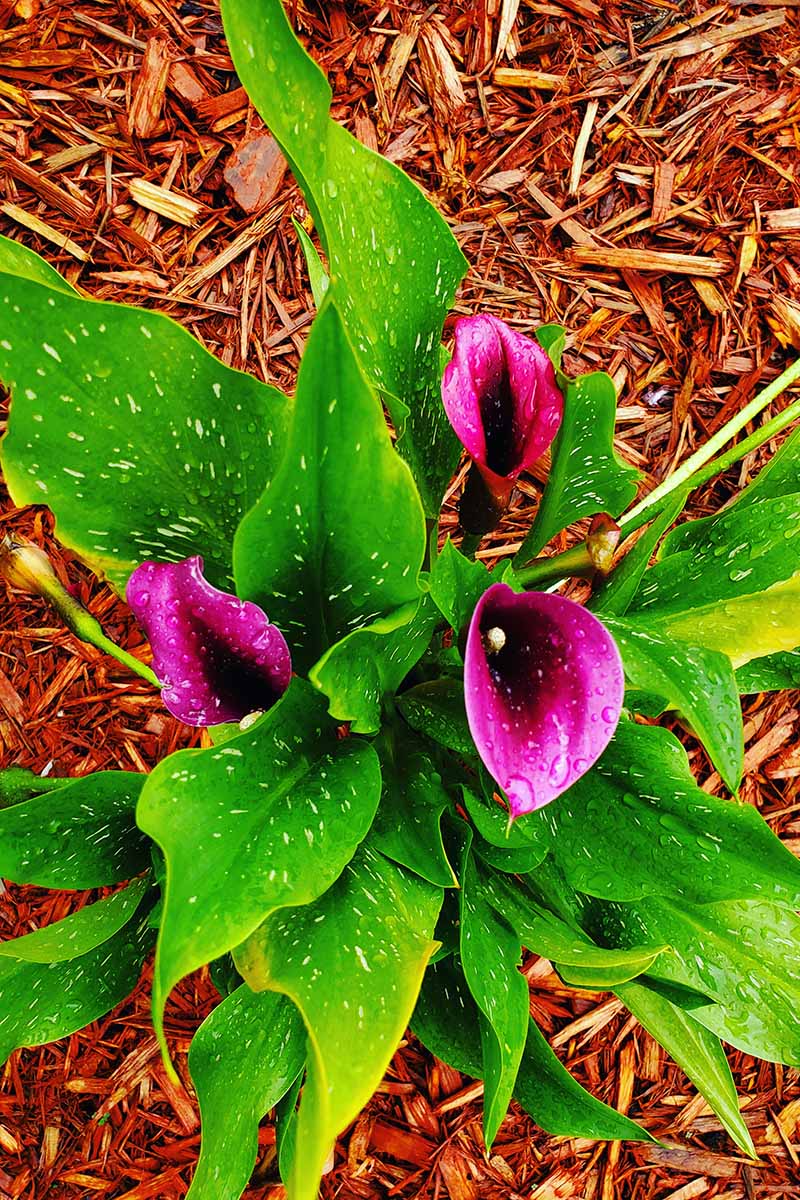
All of the colorful hybrids require a period of dormancy, but Z. aethiopica is a natural evergreen.
It can be forced into dormancy by withholding water, or you can keep the foliage attractive all year long – provided the soil stays moist and they get adequate sun exposure in terms of hours per day.
To keep its foliage green, continue with a regular watering schedule and adjust for seasonal rainfall. Ensure that the soil is well-draining, and never allow plants to sit in puddles of water.
If plants look to be in need of a pick-me-up when the days start to lengthen, apply a half-strength solution of a balanced fertilizer, such as 10-10-10 (NPK).
Also, if you typically leave your callas in-ground but find flower production is dwindling, consider lifting and storing plants for winter, then dividing in spring before replanting.
This can help to rejuvenate vigor and increase bloom count.
Lift, Clean, Divide, and Cure
For plants that need to be lifted and stored, wait until after the first light frost damages or yellows the foliage, and it is easily pulled away from the base.
Use clean, sterile garden shears to cut any remaining leaves or stems to two or three inches above the soil.
Insert a garden fork four to six inches away from the base and about six inches deep, taking care not to spear the rhizomes.
Rock the fork to loosen the root ball, then pry and lift it out in a single clump.

Shake off any large clumps of soil, then use a garden hose to lightly spray away any remaining dirt.
If there are large, overgrown rhizomes, you can wait until spring planting to divide them, or they can be divided before storage.
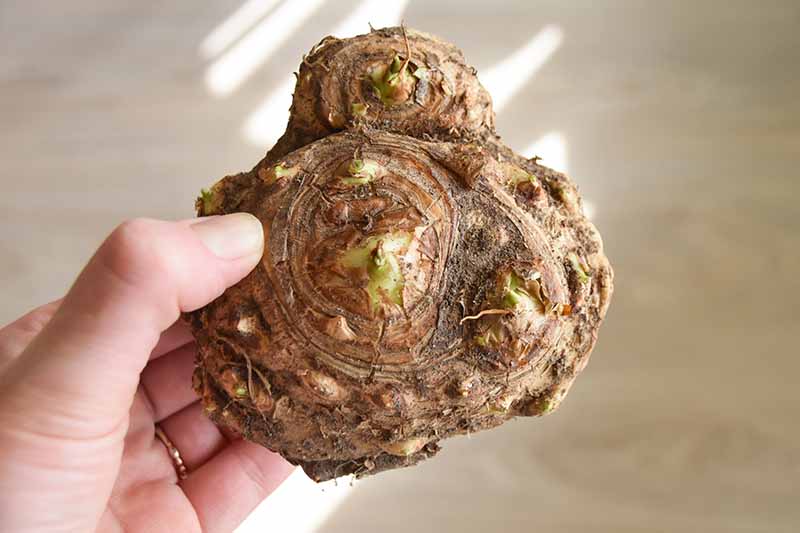
To divide, gently pry apart the bulbous clumps. Use a sharp, sterile knife to cut overgrown rhizomes into sections, ensuring that each section has a visible eye.
Dust all cut sections with a natural fungicide like garden sulfur to prevent rot and insect damage.
Bonide Sulfur Plant Fungicide is available at Arbico Organics.
Cure the rhizomes by arranging them in a single layer on a large tray or flat piece of cardboard, spacing them about two inches apart. Curing helps to form a tough outer skin that protects them in storage.
Place the tray in a dry spot out of direct sunlight, with good air circulation, and within a temperature range of 60 to 70°F for seven to 10 days.
If outside temperatures are above or below this range, bring them indoors and place them in a cool room with low humidity.
After they’ve cured but before they go into storage, tag or mark the rhizomes with the cultivar name and color. This avoids guesswork and potential confusion months later when it’s time to replant!
Winter Storage Tips
Store the rhizomes in a vented container like a wicker basket or a cardboard box with holes punched in the sides. For containers with a loose weave, line the bottom with newspaper.
Add a two-inch layer of dry substrate to the bottom such as coconut coir, peat moss, perlite, rice hulls, sawdust, straw, or vermiculite.
Nestle the callas into the storage material, spaced about one inch apart. Add more substrate to cover the rhizomes and fill in the spaces between them.
Store the container in a frost-free room with low humidity and maintain a temperature between 40 and 50°F.
Schedule Wellness Checks
On a monthly basis, check the rhizomes to ensure they’re staying healthy.
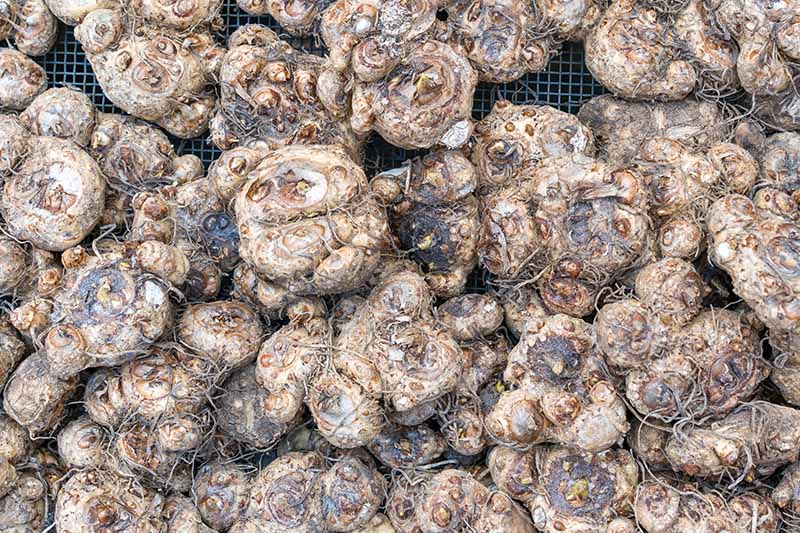
To prevent rot, it’s important to keep the rhizomes dry in storage. Check for mold and rot, cutting out any soft or mushy parts with a clean, sterile knife. Dispose of any that are severely damaged.
Re-dust cut surfaces with fungicide and replace the substrate in the immediate area.
It’s also important that callas don’t dry out too much in storage.
If they appear to be dry, shrunken, or wrinkly, use a spray bottle to lightly mist the storage medium to prevent them from drying out completely.
In spring after all danger of frost has passed and soil temperatures have warmed to 65°F, plant them out into garden beds or containers.
Bog and Pond Plants
For semi-aquatic species such as Z. aethiopica to survive winters in bogs or ponds, the water temperature must remain above 65°F.
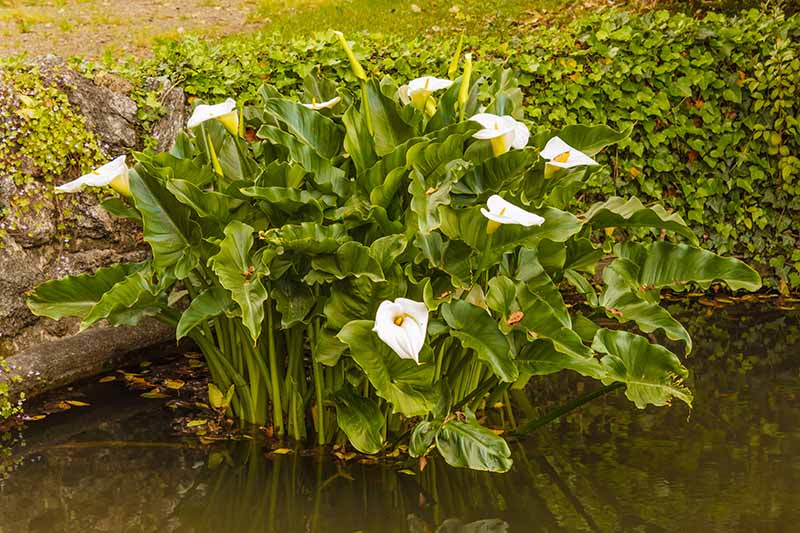
If water temperatures fall below this point, plants need to be removed from their wet environment and can be allowed to go dormant, or they can be brought inside as houseplants during the cold months.
To induce dormancy, remove containers from their water environment before the first hard frost and stop watering, allowing the soil to dry.
After the leaves have yellowed and died back, lift the rhizomes from their containers, then clean, cure, and store them as outlined above.
To bring plants indoors, lift containers from the water and allow the soil to drain thoroughly for a day or two.
When the soil is moist but no longer wet, bring plants indoors and place them in a location with bright, indirect light.
Pond containers aren’t usually the prettiest, but they can easily be inserted into slightly larger and more attractive cachepots if desired.
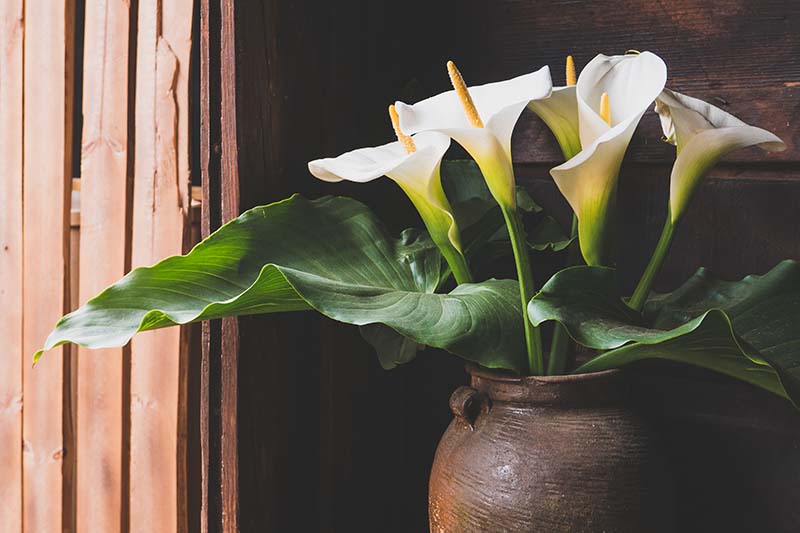
Avoid repotting at this time, and wait until spring to divide and replant as needed.
Indoors, arums require ambient temperatures of 65 to 70°F, and the soil must be kept consistently well-watered and moist.
If needed, apply a water-soluble, all-purpose fertilizer such as 10-10-10 (NPK), applying it sparingly with a diluted, half-strength application.
Espoma Garden Food is a suitable formula that’s available at Nature Hills Nursery.
Long-Lasting Blooms
With colorful flowers, pretty foliage, and long-lasting blooms, calla lilies are a welcome and stately addition throughout the garden.
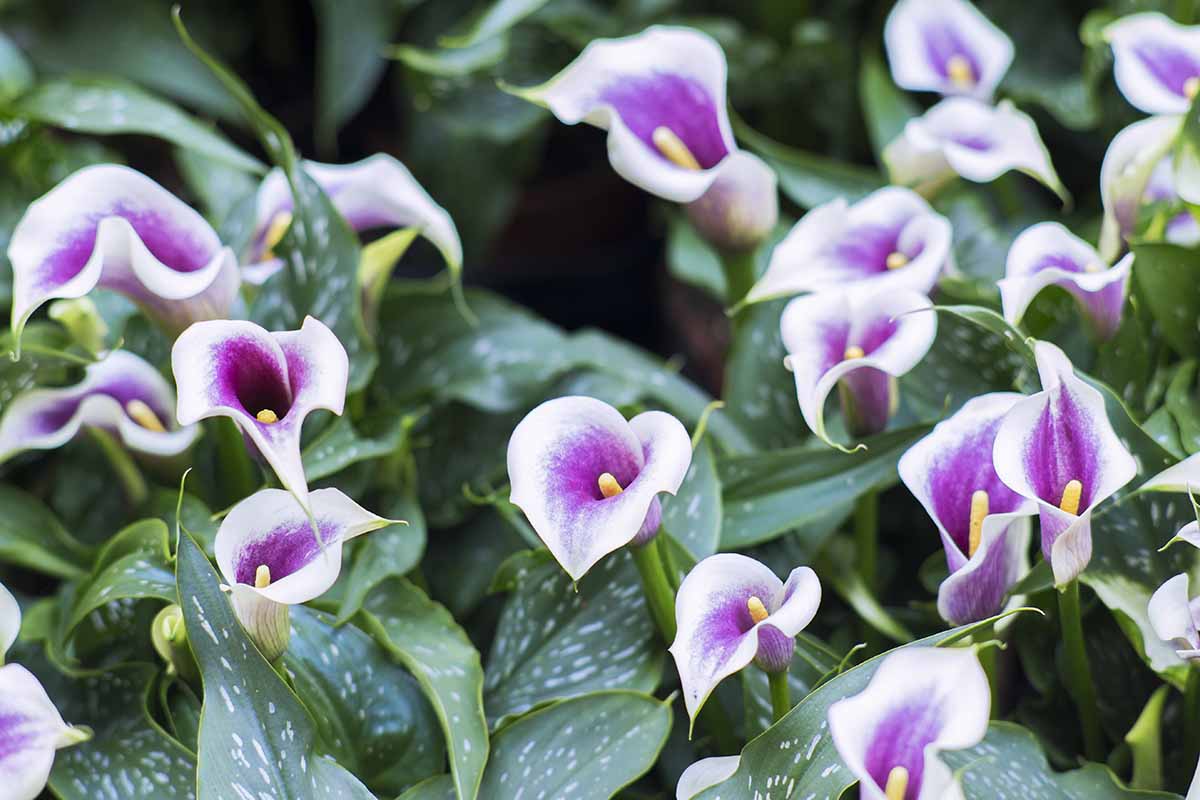
In regions with mild winters, plants can be left in the ground – but remember that the planting area must have excellent drainage to survive the cool, wet months.
To lift and store rhizomes in colder regions, wait until the first frost kills the foliage to ensure the bulbous roots have accumulated plenty of nutrients to last through dormancy.
And check regularly to ensure the rhizomes stay healthy while in storage. After soil temperatures have warmed up in spring, plant out and enjoy another season of elegant and colorful flowers!
How do you folks store your rhizomes over winter? Let us know in the comments section below.
And for more ideas on how to use and care for pretty calla lilies, check out these articles next:

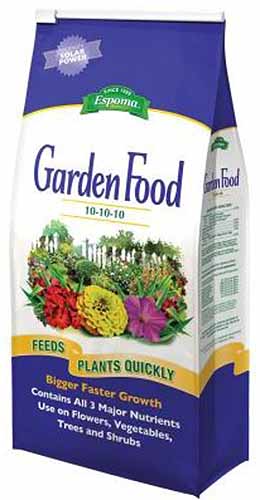



Can I store the rhizomes in the crate they were planted in over winter in an unheated greenhouse in zone 6b?
Hi marla, yes I think you should be okay moving your container into the greenhouse for winter storage… Wait until the first frosts nip the leaves, then move your crate inside. Allow the soil to dry out to force dormancy, then remove leaves after they’ve died back. As freezing temperatures near, add a thick winter mulch (four to six inches) to the soil surface to insulate the rhizomes. And wrap the crate in an old blanket for extra protection. Zone 6 is outside their hardiness range, and the greenhouse will provide some protection, but I’d go the extra step of… Read more »